Let's talk Akitas
Who could resist the open face of the Akita? This large breed will wow owners with their incredible loyalty and dignified demeanour. With a tail that curves over their back and a dense coat – characteristic of a spitz-type breed – Akitas appear incredibly warm and fuzzy but approach with caution: known as protectors, they’ll look out for the family first, welcome newcomers next. Call them reserved but also devoted to the bone.
Official name: Akita
Other names: Akita Inu, Japanese Akita, American Akita, Great Japanese Dog
Origins: Japan
Tendencia a babear
{score 0 out of 5}Necesidades de aseo
{score 0 out of 5}Nivel de muda de pelo:
{score 0 out of 5}Tendencia a ladrar
{score 0 out of 5}Nivel de energía
{score 0 out of 5}Compatibilidad con otras mascotas
{score 0 out of 5}¿Clima cálido?
{score 0 out of 5}¿Clima frío?
{score 0 out of 5}Apto para vivir en departamento
{score 0 out of 5}Puede quedarse solo
{score 0 out of 5}¿Mascota familiar? *
{score 0 out of 5}
| Macho | Hembra |
|---|---|
| Altura | Altura |
| 66 - 71 | 61 - 66 |
| Peso | Peso |
| 45 - 59 | 31 - 45 |
| Adulto | |
|---|---|
| 15 months to 5 years | |
| Madurez | Adulto mayor |
| 5 years to 8 years | From 8 years to 18 years |
| Bebé | |
| Birth to 2 months | |
Tendencia a babear
{score 0 out of 5}Necesidades de aseo
{score 0 out of 5}Nivel de muda de pelo:
{score 0 out of 5}Tendencia a ladrar
{score 0 out of 5}Nivel de energía
{score 0 out of 5}Compatibilidad con otras mascotas
{score 0 out of 5}¿Clima cálido?
{score 0 out of 5}¿Clima frío?
{score 0 out of 5}Apto para vivir en departamento
{score 0 out of 5}Puede quedarse solo
{score 0 out of 5}¿Mascota familiar? *
{score 0 out of 5}
| Macho | Hembra |
|---|---|
| Altura | Altura |
| 66 - 71 | 61 - 66 |
| Peso | Peso |
| 45 - 59 | 31 - 45 |
| Adulto | |
|---|---|
| 15 months to 5 years | |
| Madurez | Adulto mayor |
| 5 years to 8 years | From 8 years to 18 years |
| Bebé | |
| Birth to 2 months | |
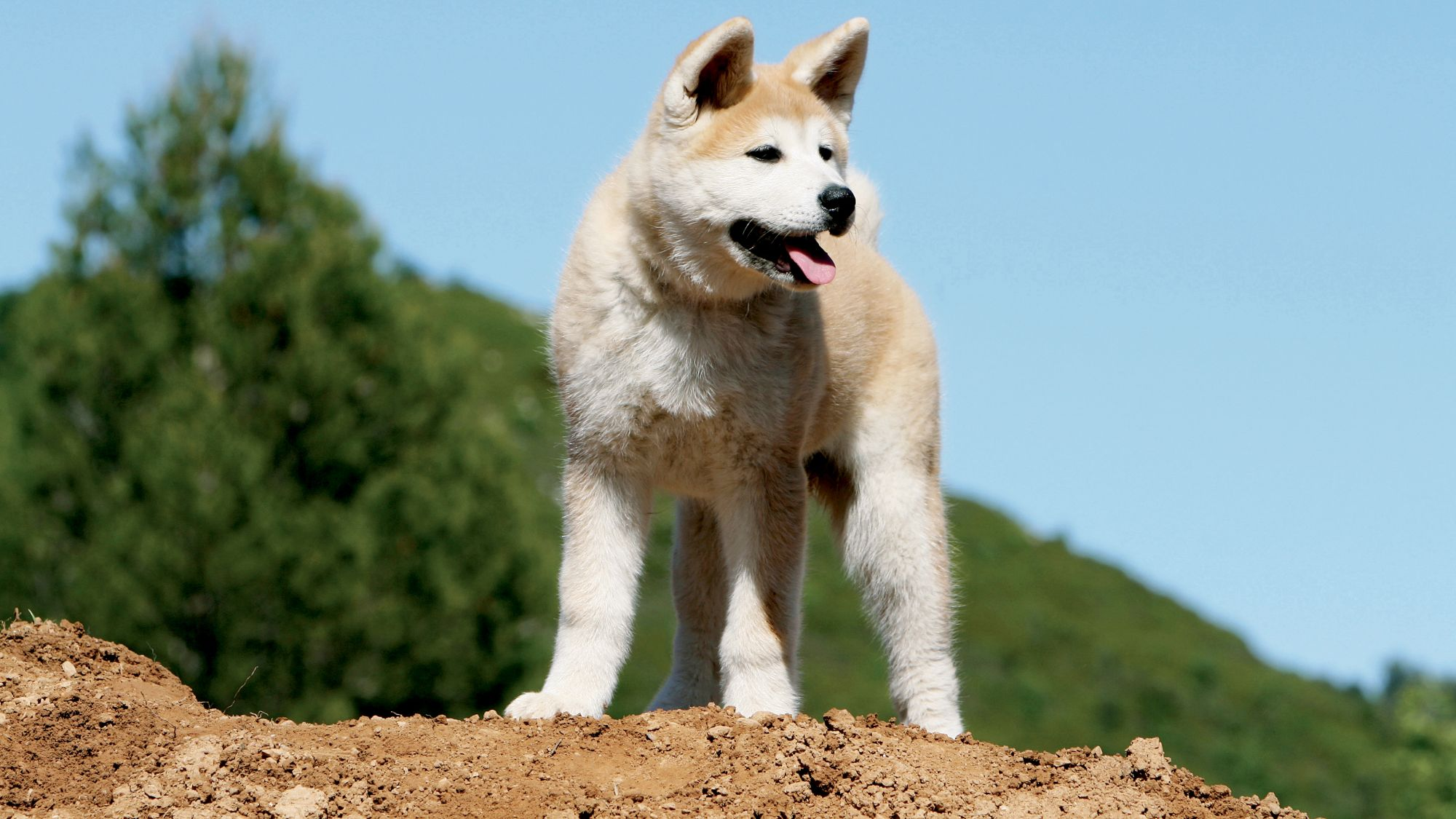
Get to know the Akita
All you need to know about the breed
Dignified, alert, gentle, quiet, and incomparably loyal are just a few of the adjectives that describe the Akita. Prized in their home country of Japan as a protector of the family, the breed is easily recognisable for its curled tail and distinctive massive head. The docile expression is an added plus.
With a bold personality, this is not a dog for a first-time dog owner. Akita’s assertiveness means they can be wary of strangers since they’re practically programmed to protect. Expect loads of affection once they invite you into the pack.
On that note, Akitas rarely shrink from a challenge. For a large dog, they’re surprisingly agile, which is why the breed is still used widely for field sport. Once they’ve figured something out, the respectful part of their character kicks into gear. Akitas are intelligent, but display a calm side as well.
One way the Akita shows affection is through its mouthing - literally carrying things around in its mouth that have meaning. That can even be your wrist, in a soft hold. It’s merely his way of communicating, “You’re mine!”, a display of possession rather than an aggressive move. Watch your Akita take your wrist along with the rest of you right to the door, when it’s time for a walk!
Shedding is a given with the Akita’s very thick double coat. It’s great for hugging but will result in extra cleanup time for owners. Innocent as charged.
Excessive barking is not a concern with the Akita, who emits more groans and grunts than anything. They are known to mumble to themselves, which Akita owners say only adds to their charisma. This very large dog does of course need outdoor exercise but is oddly most at ease when inside with his human family. Home life suits the Akita.
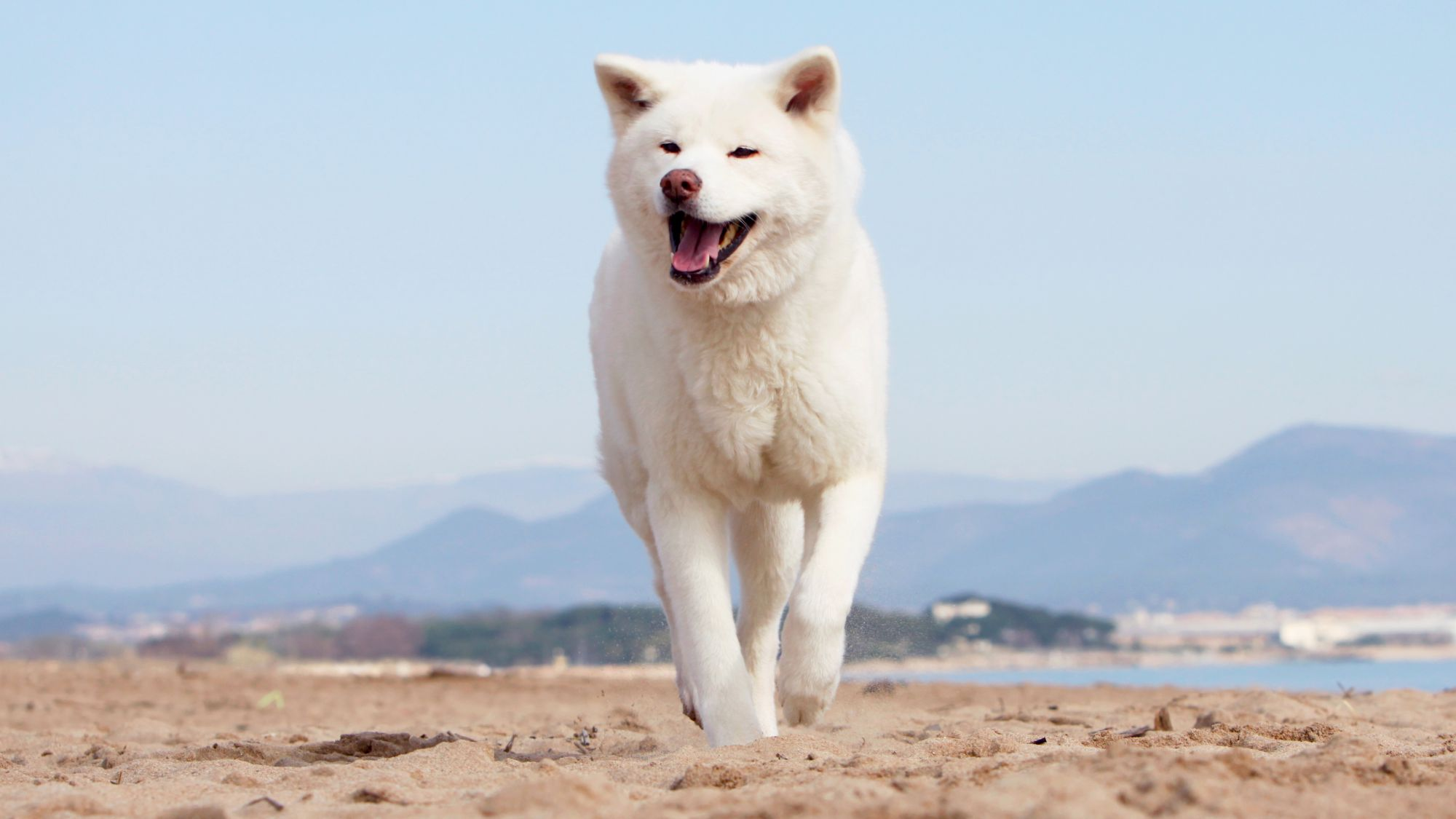
2 facts about Akitas
1. Part fish ?
To be filed under unusual attributes: the Akita has webbed toes! The aberration developed to balance them on snow and ice in their native land, distributing their weight on these slippery surfaces more effectively. It works on less icy terrains as well!
2. Part Cat ?
One of the more humorous attributes of this very playful breed is their feline-like conduct: Akitas are known to slink across the ground when stalking prey, and for licking their coats in an effort to clean themselves. They’re all dog, but add this to everything else that makes this such a special breed.
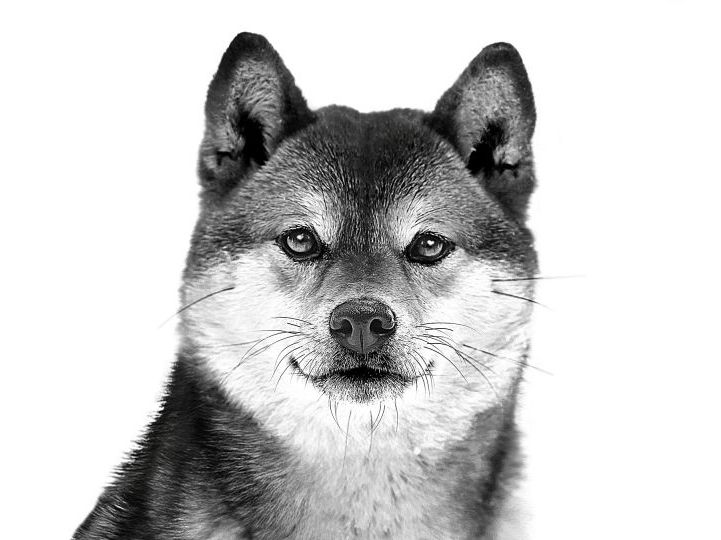
History of the breed
Akitas stem from the Akita region on the island of Honshu in northern Japan. They are a typical spitz-type dog, characterised by a dense, thick coat - which developed naturally in breeds of this type in northern climes - and a tail that curves over their back.
Japanese lore has it that a nobleman banished to Honshu by the emperor in the early 17th Century had developed the Akita to hunt, with the help of certain barons with which he still socialised. As a result of their powerful body, Akitas were used historically to chase wild boar, black bears, even wild deer. The breed thereafter was strictly owned by the Imperial family and their court, but eventually made their way into the hearts of the adoring public.
Bred with other large similar breeds, Akitas were initially used for fighting, too. After the practice was banned in Japan in 1908, the breed fell out of popularity and almost disappeared after World War II. American soldiers returning from combat brought Akitas with them, cementing their popularity in the States. A real separation between the American Akita and the Japanese Akita was also then established. The American Akita Club was founded in 1956 and the American Kennel Club recognised the breed in 1972.
The Akita is now a beloved part of Japanese culture and very much a symbol for the country. Akita figurines, which symbolise happiness and a long life, are routinely given to families upon the birth of a child. The Japanese National Breed Club was founded in 1927 to keep the breed alive.
From head to tail
Physical characteristics of the Akita
3.Body
5.Coat
1.Ears
2.Head
4.Tail

Things to look out for
From specific breed traits to a general health overview, here are some interesting facts about your Akita
Because they care, Akitas may be assertive.
Owners will appreciate the Akita’s role as family protector, but socialise them very young as they can be contentious, especially with dogs of the same sex. Respectful training is key. Use a breeder for the best results - and be involved - so they know you are the one setting boundaries.
There is this thing about eye contact...
Akitas are super steadfast but have a tendency to see eye contact - odd as it may sound - as a challenge. It’s not that they are insecure, on the contrary, but rather breeding over many years has produced a highly independent dog. It’s as if they’re seeing doubt coming from you when they know they’ve got this. With good training and an observant eye, this issue can be managed.
Akitas can be prone to dermatological issues
The breed has been known to develop bacterial infections such as pemphigus and pyoderma, both skin disorders which can result in sores and open wounds. Regular veterinarian visits will help you control these sorts of problems and neither is threatening in any way.
Healthy diet, healthier dog

When choosing food for an Akita, there are many factors to consider: Their age, lifestyle, activity level, physiological condition, and health including potential sickness or sensitivities. Food provides energy to cover a dog’s vital functions, and a complete nutritional formula should contain an adjusted balance of nutrients to avoid any deficiency or excess in their diet, both of which could have adverse effects on the dog.
Clean and fresh water should be available at all times to support good urinary regularity. In hot weather and especially when out exercising, bring water along for your dog’s frequent water breaks. Energy intake may also have to be adapted to the climatic conditions. A dog that lives outdoors in winter will have increased energy requirements. The following recommendations are for healthy animals. If your dog has health problems, please consult your veterinarian who will prescribe an exclusively veterinary diet. An Akita puppy’s requirements, in terms of energy, protein, minerals and vitamins, are much greater than those of an adult dog. They need energy and nutrients to maintain their body, but also to grow and build it. Until they are 15 months old, an Akita puppy’s immune system develops gradually. A complex of antioxidants – including vitamin E – can help support their natural defences during this time of big changes, discoveries, and new encounters. Their digestive functions are different from an adult Akita’s, too: Their digestive system is not mature yet so it is important to provide highly-digestible proteins that will be effectively used. Prebiotics, such as fructo-oligosaccharides, support digestive health by helping balance the intestinal flora, resulting in good stool quality.
It is important to choose a kibble with an appropriate size, shape, and texture. This growth phase also means moderate energy needs. Large-breed puppies, such as Akita puppies, whose growth period is long and intense, are especially susceptible to skeletal and joint problems, including limb defects, bone deformities, and joint lesions. The first part of growth is mainly concerned with bone development, although the muscles also start to grow. This means that a puppy that eats too much (takes in too much energy) will put on too much weight and grow too quickly. Limiting the energy concentration of a food for Akita puppies and feeding a correct daily amount will help control the speed of growth and minimise these risks.
Concentrations of other nutrients should be higher than normal in a specially formulated growth food. Although the calcium content in the food needs to be increased, maxi-sized breed puppies are more sensitive to excessive calcium intake. It’s important to understand that adding any ingredients to a complete food formulated for the growth phase is at best unnecessary and at worst dangerous for the animal, unless prescribed by a veterinarian. It is recommended to split the daily allowance into three meals a day until they are 6 months old, then to switch to two meals per day. Throughout their life, it is important to avoid feeding Akitas human foods or fatty snacks. Instead, reward them with kibbles taken from their daily meal allowance, and strictly follow the feeding guidelines written on the package in order to prevent excessive weight gain.
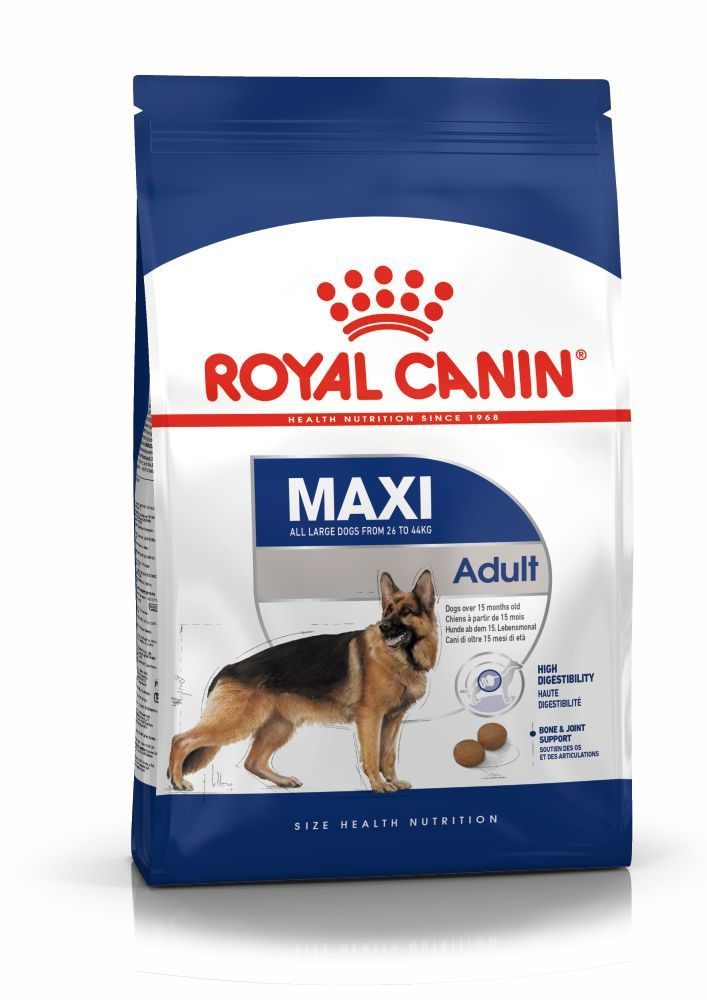
The main nutritional goals for adult Akitas are:
Maintaining an ideal body weight by using highly digestible ingredients and keeping the fat content at a sensible level
Helping to support the health of their bones and joints with glucosamine, chondroitin and antioxidants
Promoting optimal digestibility with high-quality protein and a balanced supply of dietary fibre
Helping preserve the health and beauty of the skin and coat with the enriched addition of essential fatty acids (especially EPA-DHA), essential amino acids, and B vitamins.
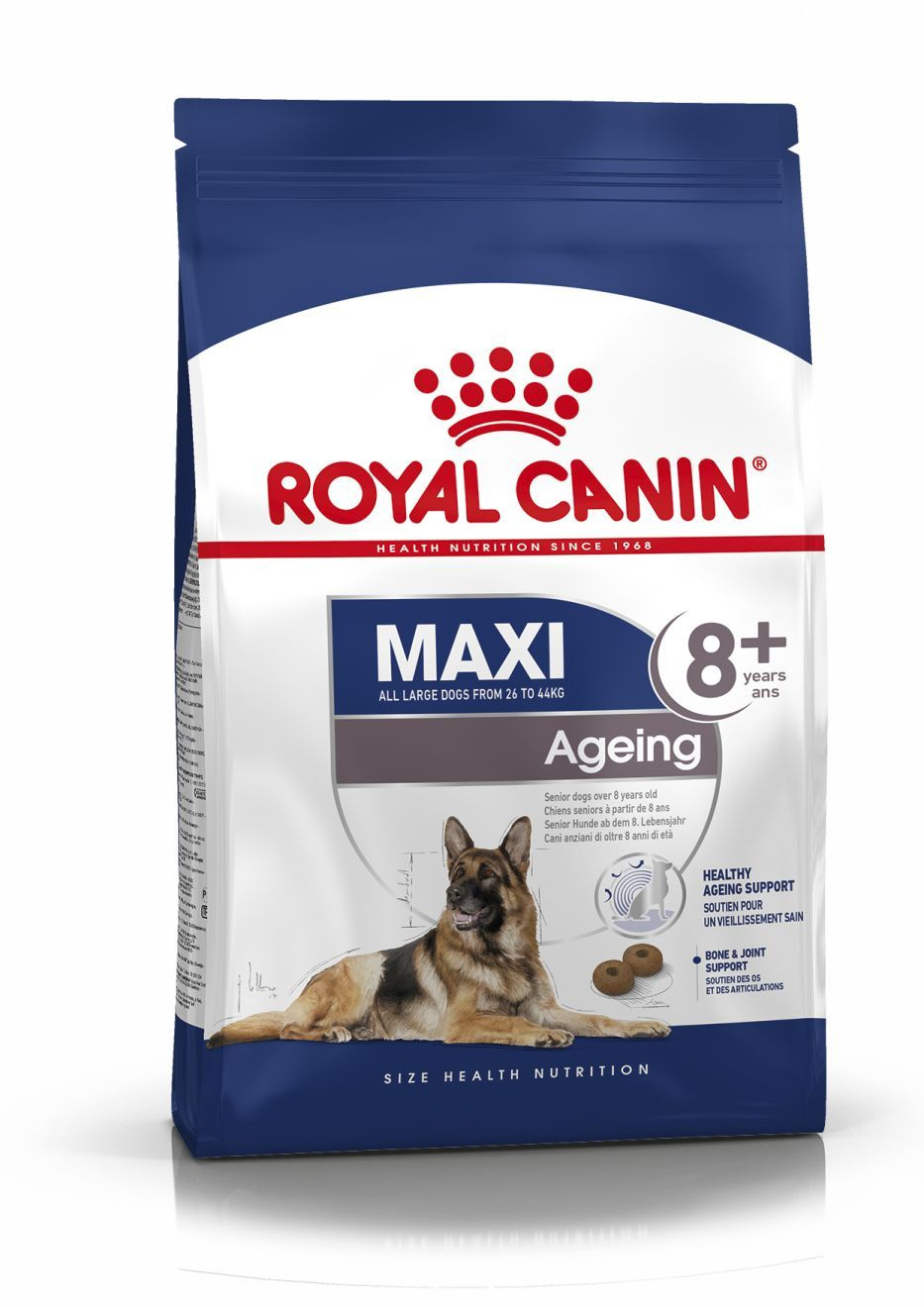
After 5 years old, Akitas will start facing the first signs of ageing. A formula enriched with antioxidants will help maintain their vitality, and specific nutrients, such as chondroitin and glucosamine, will help support healthy bones and joints. Ageing is also accompanied by the modification of digestive capacities and particular nutritional requirements, so food for older Akitas should have the following characteristics:
Higher vitamin C and E content. These nutrients have antioxidant properties, helping to protect the body’s cells against the harmful effects of the oxidative stress linked to ageing.
High-quality protein. Contrary to a widely held misconception, lowering the protein content in food brings little benefit in limiting kidney failure. On top of it, older dogs are less efficient at using dietary protein than younger dogs. Reducing the phosphorus content is a good way of slowing down the gradual deterioration of kidney function.
A higher proportion of the trace elements iron, zinc, and manganese to help maintain the good condition of the skin and coat.
A higher quantity of polyunsaturated fatty acids to help maintain the quality of the coat. Dogs can normally produce these fatty acids, but ageing can affect this physiological process.
As they age, dogs increasingly suffer from teeth problems. To ensure they continue to eat in sufficient quantities, the size, shape, and texture of their kibble needs to be tailored to their jaw.

Caring for your Akita
Grooming, training and exercise tips
Oddly enough, the Akita doesn’t need as much activity as one would think for a dog their size. A 30-minute walk or run along with playtime in the house does the trick. Private playtime is better than dog parks as the breed can feel the need to dominate. As agile as they can be, Akitas are also fairly clumsy, due to their size.
You guessed it: The Akita's double coat with its thick fur means he is a shedder. Spring and fall are when the Akita will moult but weekly brushing is sufficient to keep them looking sharp. A bath a few times a year is sufficient for their magnificent coat. Nail trims should be had once a month to ensure the dog is evenly balanced on their paws. A qualified veterinarian could show you how to trim nails safely.
Akitas need a good dose of training from the start, and hiring a professional is highly recommended, one who knows this dog well. Participate in the sessions too, so your Akita knows his place. To note: This is not a breed for a first-time dog owner as the Akita has a strong personality; repetition is key to discipline their confident temperament. Training should be done with patience and respect from a very early age.
Oddly enough, the Akita doesn’t need as much activity as one would think for a dog their size. A 30-minute walk or run along with playtime in the house does the trick. Private playtime is better than dog parks as the breed can feel the need to dominate. As agile as they can be, Akitas are also fairly clumsy, due to their size.
You guessed it: The Akita's double coat with its thick fur means he is a shedder. Spring and fall are when the Akita will moult but weekly brushing is sufficient to keep them looking sharp. A bath a few times a year is sufficient for their magnificent coat. Nail trims should be had once a month to ensure the dog is evenly balanced on their paws. A qualified veterinarian could show you how to trim nails safely.
Akitas need a good dose of training from the start, and hiring a professional is highly recommended, one who knows this dog well. Participate in the sessions too, so your Akita knows his place. To note: This is not a breed for a first-time dog owner as the Akita has a strong personality; repetition is key to discipline their confident temperament. Training should be done with patience and respect from a very early age.
7/7
All about Akitas
Akitas are known to be superb guardians of their family but tend to be stranger-averse. The breed, however, is not innately dangerous, just fiercely loyal to their owners and will defend them above all. Akitas can at times exhibit aggression toward dogs of the same sex. Socialising the Akita puppy will help introduce cordiality early on.
The Akita dog can at times be assertive but the tendency is due more to genetics than anything else. The breed is banned in certain American states. Their unbending loyalty toward their owners is mistaken for a natural aggression, which is not the case. Muzzles may be required in certain places where Akitas are not permitted.
Suggested Breeds
Read more on this topic
Sources
- Veterinary Centers of America https://vcahospitals.com/;
- Royal Canin Dog Encyclopaedia. Ed 2010 and 2020
- Banfield Pet Hospital https://www.banfield.com/
- Royal Canin BHN Product Book
- American Kennel Club https://www.akc.org/
Like & share this page